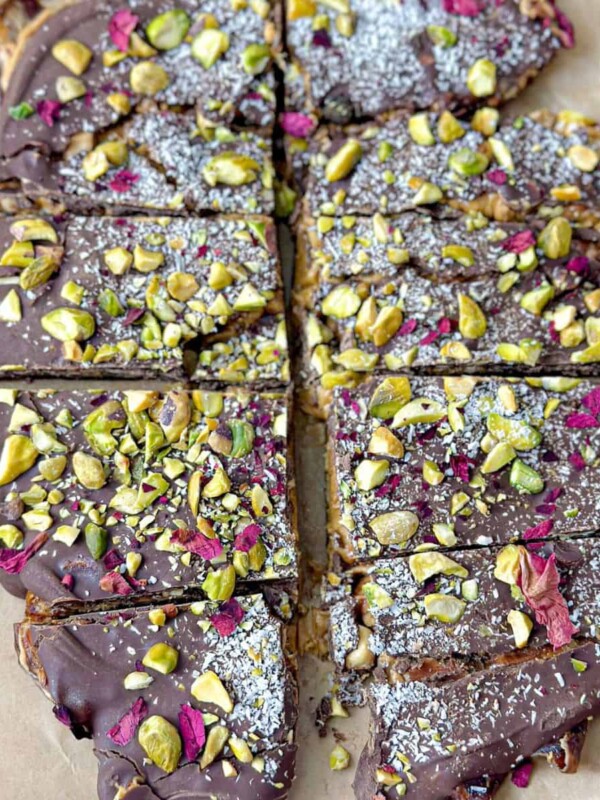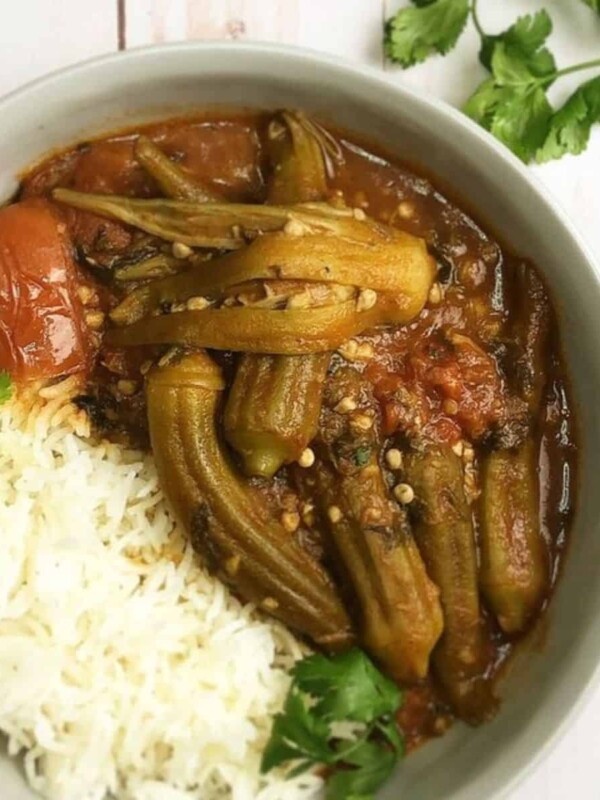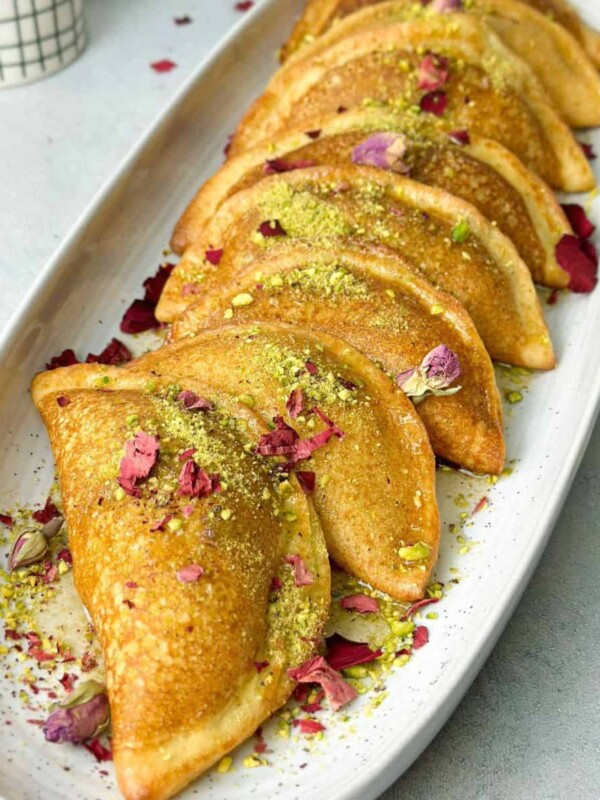This post may contain affiliate links. Please read our disclosure policy.
Who does not include rice almost every day in their diet? Rice is a food staple found in every household’s pantry and appreciated in nearly all cuisines all around the world. There are numerous types of rice available on the market. However, the most familiar types are Jasmine rice and Basmati rice.
This humble grain is the most nutritious, nourishing, versatile, and wholesome grain that elevates plain dishes and serves as a great filling side.
The Humble Grain
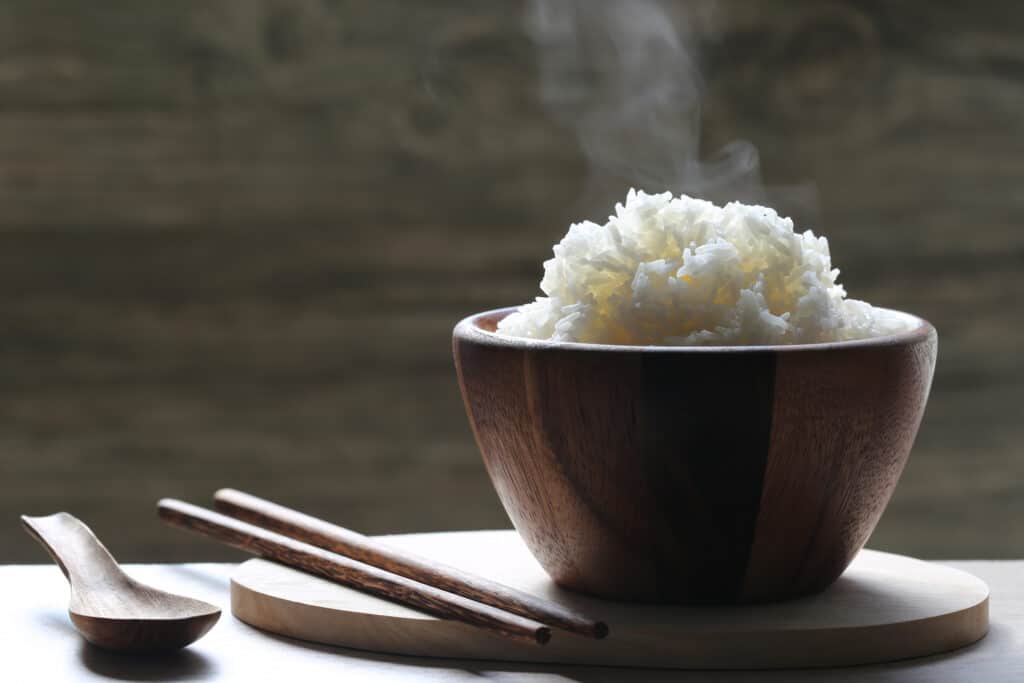
Although, Jasmine rice and Basmati rice are both famous for their exquisite aroma and may look the same, but there are some major differences between these two varieties.
Let us take a closer look on the distinct differences in characteristics between Jasmine and Basmati rice. For there are many people who get confused by these two common types.
What is Jasmine Rice?
To begin with, jasmine rice commonly known as ” Thai fragrant rice”, is an aromatic long-grain rice. It is a slightly nutty grain mostly used in Southeast Asian cuisines such as, Cambodia, Vietnam, Thailand, and Laos.
Besides, jasmine rice has a delicate floral flavor that some people may compare it to sweet buttered popcorn. Whereas people from Thailand believe that jasmine rice tastes more like pandan or screwpine, which is a sweet fragrant plant.
Moreover, jasmine rice turns really clingy, clumpy, and a bit sticky once cooked. And what makes it really special, the fact that it is called jasmine rice because its color gets vibrant white just like the jasmine flower when it is well cooked.
The Best Aromatic Rice
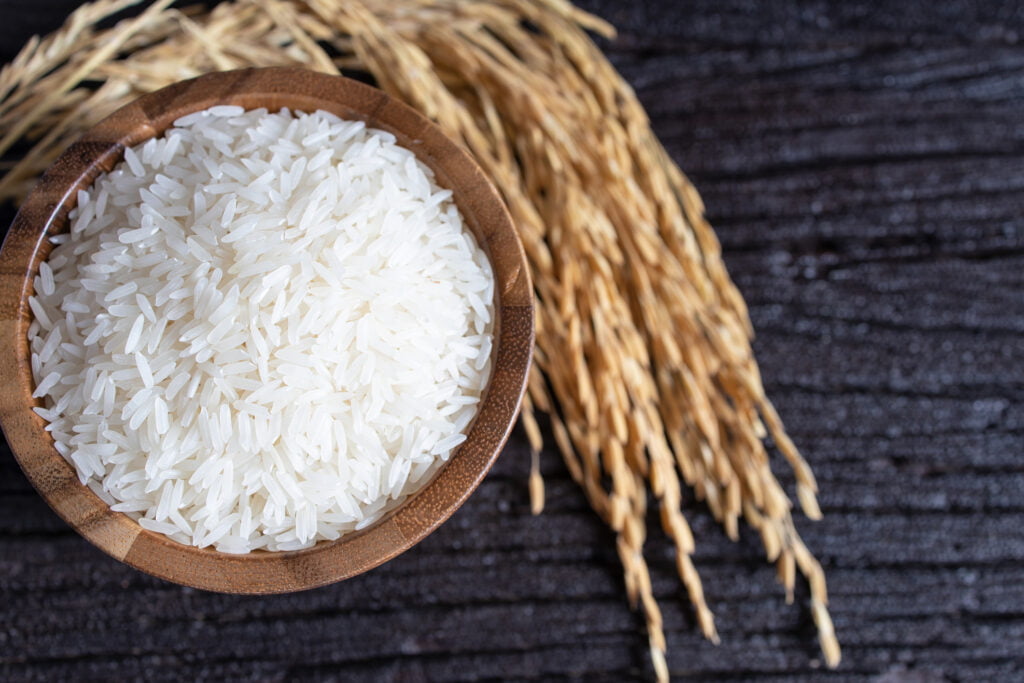
What is Basmati Rice?
Initially, Basmati rice is a popular type of white rice native to India, Nepal, and Pakistan. It is a fragrant rice that has a subtle nutty flavor and floral scent. In fact, the word “basmati” translates to “fragrant” in Hindi.
Moreover, a basmati grain is very long, sharp, and tapered at the edges. When it is cooked, basmati grains must remain separated from one another, fluffy, tender, and dry.
How to Spot the Difference Between Basmati and White Rice?
To be honest, both rice varieties are a bit similar, but there are some characteristics that need to be highlighted in order to distinguish between these two types.
Flavor and Aroma
Both jasmine and basmati rice are aromatic. But, jasmine rice has more floral and sweet taste to it than the latter.
Appearance and Texture
Before cooking these two varieties of rice, they may seem pretty much identical. However, once they are cooked basmati grains double in size, and get separated from one another. While jasmine grains clump and stick together and become really soft and tender.
Common Ways To Use Thai Rice
To begin with, jasmine rice is quite nutritious rich in healthy carbohydrates and protein. It tastes really good, it smells delicious, and it works pretty well when served with Southeastern cuisine and with stir-fry, curries, seafood, meat, or even vegetable dishes.
You definitely should give jasmine rice a try with these delicious meals: Sweet, Spicy, & Crispy Asian Chicken, or Sticky Orange Chicken Recipe.
How To Use White Basmati Rice?
Basmati rice goes perfectly well with different rice dishes. You must try it with Layered Rice Veggie Pilaf with Chicken Thighs (Chicken Kabsa); it is also popular with Mansaf (Lebanese Rice with Meat) and Layered Chicken Biryani.
Besides, the extra-long grains of rice will excellently pair with Creamy Brown Lentil Dahl (Vegan & Gluten-Free) and Lemon Mint Garlic Chicken Stew.
Your Guide To Rice Varieties
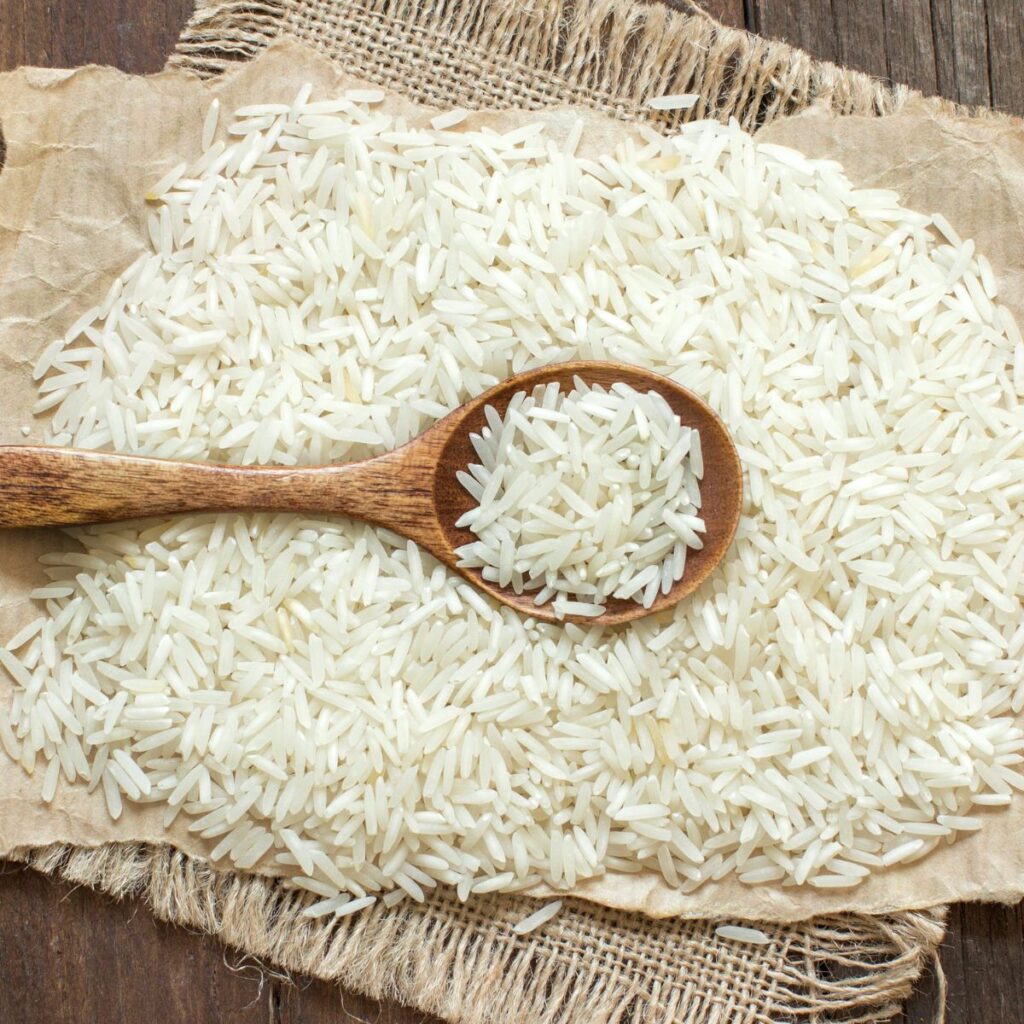
Tips and Tricks for Cooking Both Rice Varieties
Since the texture of these two varieties differ, then the cooking technique will not be same.
For instance, jasmine rice must be rinsed a couple of times to remove dust and excess starch. If you skip this step, the grains of jasmine rice will clump more tightly together.
As for basmati rice, if you want use this type in your meal, then you must soak the grain for an hour before cooking.
To avoid burning the rice while cooking, try double-boiling instead of steaming the rice.
Use less water when you are cooking jasmine rice, for the latter is softer than any other type of white rice.
It is crucial to fluff both basmati rice and jasmine rice when they are done. But, avoid fluffing the grains with a fork!
Also, it is important to give both varieties of rice 10 minutes to rest before fluffing in order for the grains to soak in all the liquid.
Frequently Asked Questions
No. Basmati rice is considered a type of white rice that has longer grains, plus it is more flavorful and aromatic than plain white rice.
Of course you can. You can choose any type of rice you want. But, you must take into consideration that they both have different textures. And you must not forget to soak the basmati before cooking.
Both basmati and jasmine rice can be frozen. Place the cooked rice in an air-tight container for up to 2 months. You can reheat it directly without waiting for it to thaw.
First of all, brown rice has more powerful flavor than white rice. It also takes more time to cook than the latter.
Other Useful Blogs You Must Read
- How To Measure Wet And Dry Ingredients!
- Instant Pot vs. Rice Cooker ?
- All-Purpose Flour Vs. Bread Flour
- Almond Flour vs White Flour
- Marinara vs Tomato Sauce
- Maple Syrup vs Agave Syrup
- Ramadan Fasting vs Intermittent Fasting
- 1 Ingredient Homemade Butter
- Is Chickpea Pasta Really Healthy?
- How To Reheat Pasta Without Drying It Out?
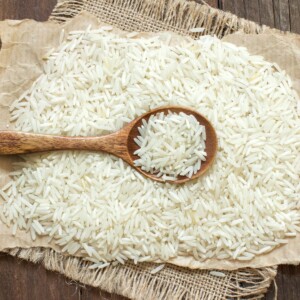
Jasmine Rice vs Basmati Rice
Ingredients
- 1 cup basmati or jasmine rice
- 2 cups water
- ¼ teaspoon salt
- 1 teaspoon olive oil, optional
Instructions
Basmati Rice
- Rinse the rice a couple of times under cold water until the water runs clear.
- Soaked the rinsed basmati rice for at least 10 minutes.
- Place the water in a saucepan over high-heat and bring it to a boil.
- Add a pinch of salt and olive oil (optional).
- Add the basmati rice and stir once, and continue to boil then reduce the heat to medium and cook for about 10 minutes.
- Turn off the heat and let the rice steam for 5 to 10 minutes. Uncover the pot and fluff the rice.
Jasmine Rice
- Rinse 1 cup of rice a couple of times, but don't soak the grains.
- Boil the water in a saucepan, then add salt and oil (optional).
- Add the drained rice to the to the hot water and stir.
- Lower the heat and reduce it to medium, and cook the rice for 10 minutes.
- Turn the heat off and allow the freshly cooked rice to rest. Then fluff the grains and enjoy the aromatic flavor!
Notes
- For instance, jasmine rice must be rinsed a couple of times to remove dust and excess starch. If you skip this step, the grains of jasmine rice will clump more to each other.
- As for basmati rice, if you want use this type in your meal, then you must soak the grain for an hour before cooking.
- Use less water when you are cooking jasmine rice, for the latter is softer than any other type of white rice.
- It is crucial to fluff both basmati rice and jasmine rice when they are done. But, avoid fluffing the grains with a fork!

